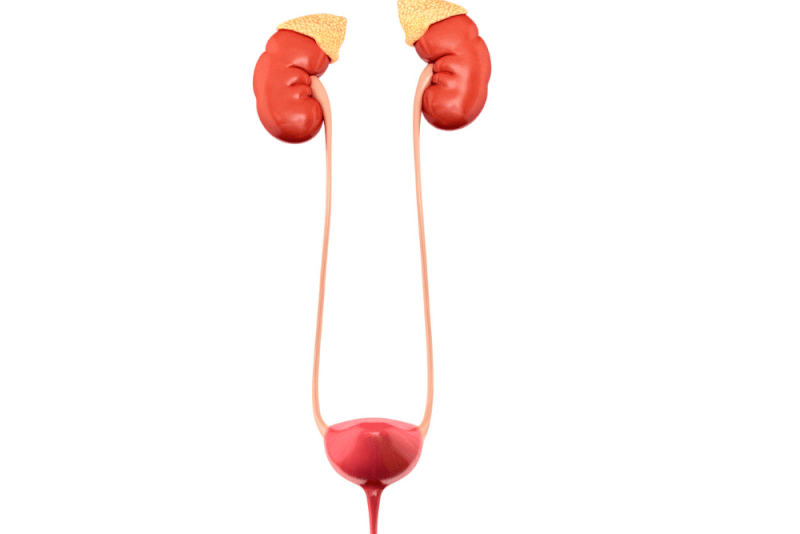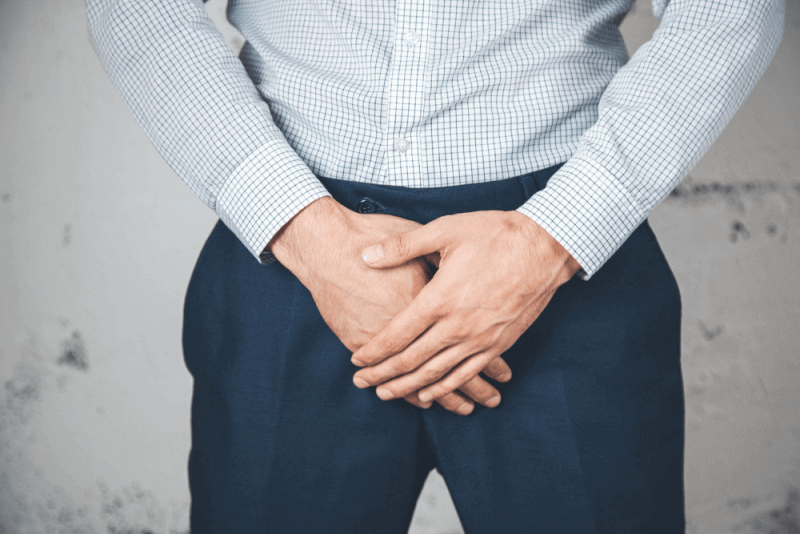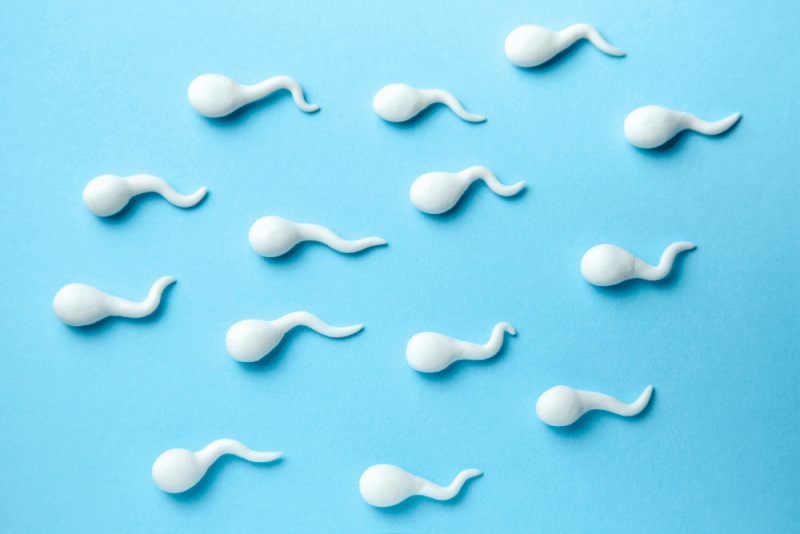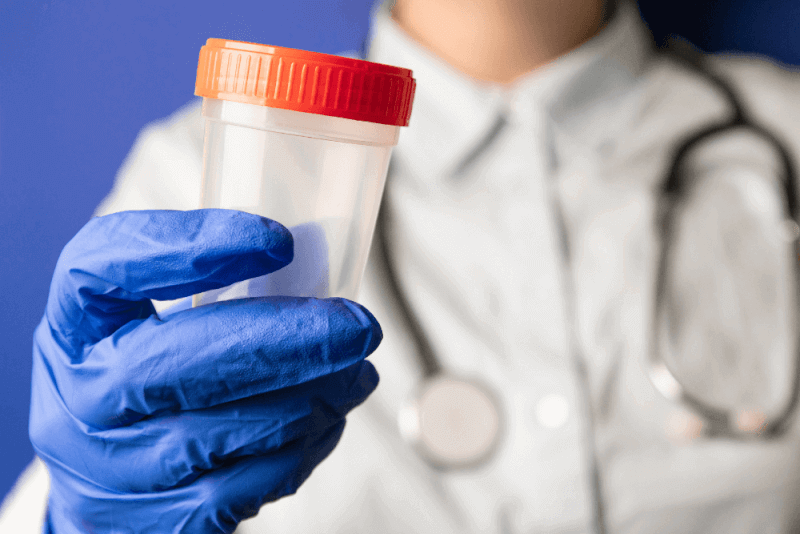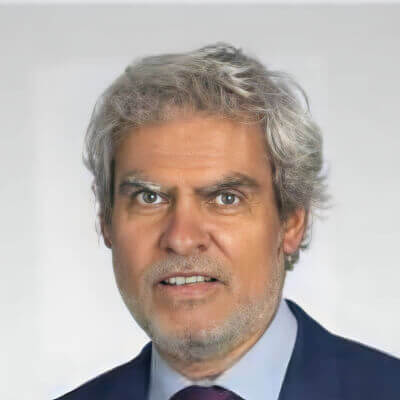What is urethral stricture (narrowing of the urinary tract)?
The urethra is also called the urinary tract. The urethra is the channel between the bladder and the tip of the penis that allows urine to be expelled. For this reason, urethral stricture causes urine not to come out completely and to accumulate in the bladder.
Urethral stricture occurs due to different causes. These causes narrowing of the canal. The resulting stenosis can reduce urine output or cause complete cessation. More common in men over 55 years of age, this condition can also cause pain.
It occurs due to damage to the tissue around the urethra for any reason. As with injuries to our skin, these injuries cause stretching of the tissue and thickening of the affected area. This stretching and thickening causes the canal to narrow. This narrowing of the urethra can be a few mm between the bladder and the tip of the penis, or it can be several cm long.
Symptoms of urethral stricture
Narrowing of the urethra primarily causes the bladder not to empty completely. This is also the reason for the symptoms of urethral stricture. Symptoms of urethral stricture include the following.
- Feeling constantly trapped in urine
- Feeling pain when urinating
- Poor urine flow
- Decreased urine volume
- Feeling that the bladder is not completely emptied after urinating
- Intermittent urination
- Discharge from the urethra
- Urinary incontinence
- Pain in the lower abdomen and genital area
- Edema of the penis
- Blood in the urine
- Loss of the ability to urinate
- Darkening of urine color
- Burning during urination
- Prolonged urination time
- Penide blood
- Prostate inflammation
How is urethral stricture diagnosed?
In order to diagnose urethral stricture, a detailed history of the patient must first be taken. A physical examination is then necessary. Radiologic and endoscopic diagnostic methods should also be used.
Endoscopic examinations are among the most common methods used to diagnose urethral stricture. For these examinations, a lubricating gel containing local anesthesia and a tube with a camera at the end is inserted into the urethra from the tip of the penis to the bladder and the canal is examined. This procedure is also called cystoscopy.
Among the radiological techniques used in urethral stricture, medicated x-ray is used. With this method called the urethrogram technique, the degree of stenosis and the anatomical structure of the canal are visualized during the passage of the drug.
Causes of urethral stricture
There are several reasons why urethral stricture may occur. In some patients, the main cause cannot be identified at all. The causes of urethral stricture are generally categorized under 4 headings.
Iatrogenic urethral stricture
The term iatrogenic is used to refer to situations that may arise unintentionally during medical practice. Iatrogenic urethral stricture also occurs as a side effect of any intervention to the urethra, use of medical devices or medications. For these reasons, urethral stricture occurs as a result of injury or edema of the urethra. For this reason, physicians should be consulted on how to control undesirable situations that may arise after any intervention.
For example, TURP procedure is one of the reasons that may cause urethral stricture. In addition, cystoscopy and endoscopic intervention in the kidney are also one of the reasons that can cause urethral stricture. Urethral catheters, which are among the medical devices, are also one of the causes of urethral stricture.
Traumatic urethral stricture
Various traumas are also among the causes of urethral stricture. Urethral stricture caused by various injuries manifests itself after healing has taken place. Especially pelvic bone fractures and blows to the genital area are among the most risky injuries. The development of urethral stricture caused by trauma can spread over months and years. Although patients do not have any problems with urination during this development process, symptoms will also occur with the formation of stenosis.
Idiopathic urethral stricture
The term idiopathic means that the cause is unclear. In people with idiopathic urethral stricture, the cause of the stricture cannot be understood despite all examinations. These conditions are also called idiopathic urethral stricture.
Inflammatory urethral stricture
Stenosis can be triggered by diseases that occur for various reasons. There are many health problems that can cause inflammation. These problems can be temporary or permanent urethral stricture.
Inflammatory urethral stricture includes various cancers and cancer treatments. There are also various sexually transmitted diseases such as gonorrhea or lichen sclerosis, one of the skin diseases.
In some cases, enlargement of the prostate for various reasons also causes urethral stricture. In these cases, there is no change in the anatomical structure of the urethra. In some patients, this condition can also be congenital.
Urethral stricture treatment methods
When determining the treatment of urethral stricture, the area where the stricture is located, the general health status of the person and the symptoms it causes are taken into account. Therefore, in cases where symptoms are mild, the patient can be followed up without any intervention. On the other hand, in some patients, emergency intervention is inevitable if symptoms are severe or if urine escapes into the kidneys. In this case, the first method is the insertion of a medical device called a suprapubic catheter.
Urethral catheterization
In urethral catheterization, a urinary catheter is inserted into the urethra to drain the urine accumulated in the bladder due to stenosis in the urethra. This treatment option is especially used for temporary urethral strictures.
Urethral dilatation
Urethral dilatation, which is a treatment method applied for patients with chronic urethral stricture, is used to prevent or delay the recurrence of narrowing after treatment. The width of the catheters used in this treatment method is gradually increased. The purpose of this procedure is to enlarge the scar tissue of the urethra. This procedure does not damage the lining of the urethra. This procedure can be performed by the doctor or by the patient himself/herself. However, the success rate of dilatation treatment is controversial. However, it is known to delay contraction.
Urethroplasty Surgery
In urethroplasty and urethral reconstruction, the permanent treatment option of urethral treatment, the narrowed part of the urethra is removed from the body. The remaining healthy parts are combined with tissue from another part of the body. Some patients do not need to use any other tissue. Operations that use tissue are called urethral reconstruction, while those that do not are called urethroplasty.
Urethroplasty, also called open surgery, is performed in cases of urethral stricture longer than 2 cm or recurrent urethral stricture. With this surgery, the possibility of narrowing of the urethra is eliminated by completely removing the area of stenosis in the urethra.
If the removed problematic part is longer than 2 cm, extra tissue is used to join the urethra. If a shorter piece is removed, there is no need to use extra tissue.
Summary of Surgery
Duration of Surgery: 2 - 5 Hours (Depends on the stenosis)
Method of Anesthesia: General, spinal or epidural anesthesia can be performed.
Length of Hospitalization: 1-3 days
Return to Work Period: 2-4 Weeks
Endoscopic urethrotomy
This method is also one of the diagnostics that enables patients to receive a diagnosis. However, when it is used for treatment, the area with stenosis is burned with a laser and widened. This method is primarily used in cases of urethral stricture. In this procedure, which is performed under general anesthesia, a device approximately 1 cm wide is inserted through the urethra with a camera, light and surgical equipment to cut the narrowed urethra. The operation, which is performed with an enlarged image under intense light, takes about 1 hour. After the surgery, patients are inserted a catheter and this catheter is used for 3 days. Hospitalization for 1 day after surgery is sufficient. In addition, patients do not experience serious pain after the operation and the likelihood of major complications is extremely low. Although it is a simple operation in terms of surgical techniques, the success rate of the method varies between 60% and 75%.
After urethral surgery
Urethral surgery is performed in two different ways: endoscopic and urethroplasty. For this reason, the recovery period varies according to the method applied and the general health status of the patient. However, regardless of the method used, patients are fitted with a urine bag after surgery. How long the urine bag will be used varies according to the doctor's decision.
Implanted stent or indwelling catheter
This method, which is applied in patients with severe urethral stricture, is especially applied to patients who do not want to undergo surgery. In this method, a stent is inserted to keep the urethra open so that the bladder can be emptied. However, this method is not preferred because it may cause bladder irritation or urinary tract infection.
Medication Therapy
Only medical devices or surgical methods are used to treat urethral stricture. Apart from this, it is not possible to treat it with medication. For this reason, medication or alternative medicine treatment is not recommended.
Urinary tract narrowing after prostate surgery
After closed prostate surgery for benign prostate enlargement, urethral stricture or bladder length stenosis can be seen in some patients between 4 and 6 weeks. This condition that occurs after prostate surgery is called postprostatectomic urethral stricture.
While the incidence of urethral stricture after prostate surgery varied between 4 and 29%, this rate has decreased to between 2.2% and 9.8% thanks to advances in technology and surgical instruments.
Why is the urethra narrowed after prostate surgery?
The causes of urethral stricture, which is one of the complications seen after closed prostate surgery, are listed as follows.
- Infected urine
- Thick catheter insertion after surgery
- Damage to the mucosa in the urethra due to energy leaks in the instruments used during surgery
- Excessive entry and exit of instruments during prostate surgery
- Use of high energy in surgery
- The instruments used in surgery are not suitable for the width of the urethra
- Large prostate volume and therefore prolonged operation time
How to prevent urethral stricture due to prostate surgery?
Paying attention to some points during closed prostate surgery makes a big difference in preventing urethral stricture. These points can be listed as follows.
- During surgery, the bladder neck should not be removed more than necessary. Otherwise, scar tissue will form and scar tissue will cause narrowing of the urethra.
- During surgery, the appropriate energy must be used for the procedure. Excess energy use will damage the tissues.
- All devices and instruments used in surgery must be regularly maintained. In this way, possible leakage points can be detected.
- In addition, a sufficient amount of lubricant should be used to ensure comfortable entry and exit of the instruments during surgery. This prevents the instruments from rubbing against the urethral wall and causing damage.
Urethral stricture in women
The urethra structure of women differs from that of men. However, this does not prevent them from experiencing urethral stricture. Among the causes of urethral stricture in women are the following.
- Long-term catheter use
- Radiotherapy
- Prolonged labor and delivery
- Trauma and fractures involving the pelvic bones
- Urethra and bladder surgery
- Infections
What are the symptoms of urethral stricture in women?
Symptoms of urethral stricture in women are similar to those seen in men. Symptoms seen in women are as follows.
- Frequent urination
- Sudden compression
- Combustion
- Urine with a thin stream
- Feeling of incomplete emptying of the bladder after defecation
- Urinary tract infections
- Bleeding
- Urinary incontinence
Because urethral stricture is rare in women, it is sometimes overlooked. This can lead to hydronephrosis (swelling of the kidneys), pyelonephritis (infection) and kidney failure.
Recovery after urethral stricture surgery
The recovery process after urethral stricture surgery varies according to the method used in the surgery. In addition, following the doctor's recommendations exactly and accurately will accelerate the healing process.
The catheter inserted during the operation is continued to be used for a few days after the operation. While the duration of catheter use is 3 to 5 days in closed surgeries, the duration of catheter use is longer in open surgeries. It is important that patients do not remove their catheters at this stage. When the time comes, the catheter should be removed by the doctor. After the surgery, patients need to stay in the hospital for 2 to 3 days.
The use of prescribed antibiotics and painkillers after surgery is important to prevent possible infections and control pain. In addition, self-insertion of catheters for the expansion of the urethral canal or applications to increase the pressure in the canal by squeezing the penis head should not be done.
After the surgery, a 3-day period is sufficient for patients to return to their daily lives. However, patients are advised to wait 2 weeks to play sports and have sexual intercourse.
If there is a decrease in urine flow or difficulty urinating after surgery, you should consult a doctor immediately. Among these, it is especially important not to remove the urinary catheter.
Risks of urethral stricture surgery
Complications that may occur during and after urethral stricture surgery include the following:
- Closed surgeries have a high risk of recurrence.
- Discharge at the wound site
- Redness and infection at the surgical site
- Urinary incontinence seen in elderly patients who have previously undergone prostate surgery
- Temporary erectile dysfunction
How does urethral stricture affect sexuality?
Urethral stricture and surgery can cause erectile dysfunction in men. Especially in urethral stricture caused by pelvic fractures, erectile dysfunction can be seen due to injury.
Erectile dysfunction can also be seen in men after urethral stricture surgery. Especially in open surgeries, the muscles surrounding the urethra from the outside may be damaged. For this reason, semen may drip without orgasm. In addition, after surgery, some patients may experience problems such as semen gushing inwards instead of outwards, late ejaculation and a decrease in the amount of semen.
As a result, both erection and ejaculation problems can be seen after urethral surgeries applied to men. However, these problems resolve spontaneously within a year.


